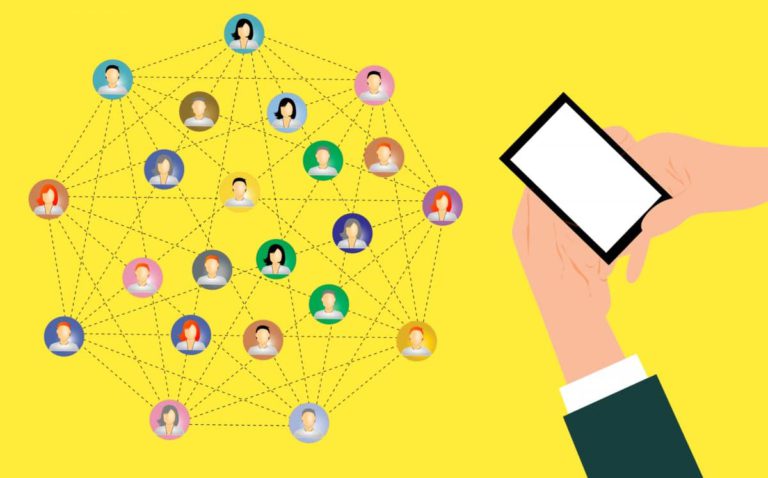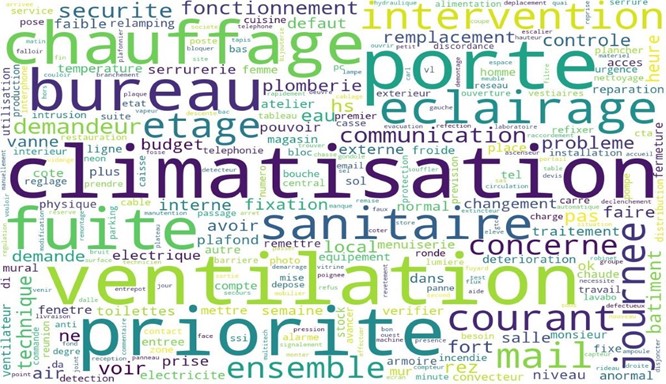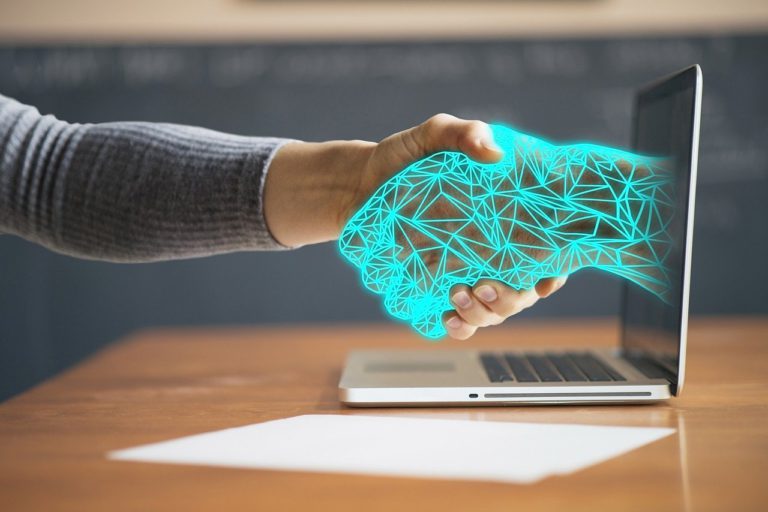Explore our projects & studies
Explore our projects & studies
From Artificial Intelligence to Human-Computer Interaction and Software Architecture, our research team tackles complex problems across many domains. We seek at providing the best of modern technology for public services, health-care and industry.

🇫🇷 L’illectronisme, un handicap majeur dans une société de plus en plus digitalisée
Le terme « illectronisme » est un néologisme transposant le problème d’illettrisme dans le domaine de l’information électronique. On peut le définir comme un manque de connaissances clés nécessaires à l’utilisation des ressources électroniques. On parle aussi d’illettrisme numérique, ce qui met bien en avant les difficultés de lecture des

What is the place for the Low Code / No Code evolution?
The Low Code/No Code did not appear in the early 2020s, it is a trend that has already been taking shape for several decades and in 2021 the market is still in the creation phase. There are a very large number of well-known players such as Salesforce, OutSystems, K2, Mendix,

What is Federated Learning?
Nowadays, a massive amount of data is generated by devices such as smartphones and connected objects (IoT). This data is used to train high-performance machine learning (ML) models, making artificial intelligence (AI) present in our daily lives. Data is generally sent to the cloud, where it is stored, processed, and

DEESSE: A Generic Search Engine based on Artificial Intelligence
In Berger-Levrault, several of our software products incorporate a search engine in themselves to facilitate access to information. This information can be encoded in files having various and varied formats. For example, Word, PDF, CSV, JSON or even XML files. Current search engines such as Lucene focus most of the

Artificial Intelligence for Home Care Structures
The aging of the population leads to an increase in the number of people losing their autonomy and in situations of fragility. Due to the lack of space in medico-social institutions, home care structures (SAAD, SSIAD, SPASAD, and HAD) are an alternative offering a better environment for beneficiaries. We are working

Understanding the complexity of the city
The systemic project of the city aims to structure the various key concepts which reflect the complexity of the object “City”. The approach used in this project exploits the different data provided by the digital city to translate sustainable development into the processes of technical management of the territory, correlate

When AI generates Human Resources training plans!
Berger-Levrault works in collaboration with the Cusma association and the innovation commission to exchange experiences and advice on innovation applications. Among the projects, we started working on a supervised automatic classification of training requests.This project aims to assist administrative officers using artificial intelligence and robots to classify and prioritize training

CARL – What if maintenance requests were automated?
CARL Source is CARL Software’s main software application for managing maintenance processes within the company, as well as the historical monitoring of the various materials and equipment, buildings, and necessary interventions. We conducted a study involving Natural Language Processing techniques for document understanding and qualification. Basically, we aim at interpreting

Accounting & Robots : A Love Affair
During the past months, Berger-Levrault and the Cusma association worked together within the newly created innovation commission. This comission aimed at co-designing new and innovative services involving for exemple robotic process automation (which we have recently talked and explained on BL.Research), artificial intelligence and natural language processing. The use RPA

PowerBuilder 12.5 goes to the Web!
A few months ago, Berger Levrault’s research team published an article on the result of an experiment allowing a JAVA application to work together with a Visual Basic 6 application. This work showed that you could use business components developed in Visual Basic 6 from JAVA and even “run” an
